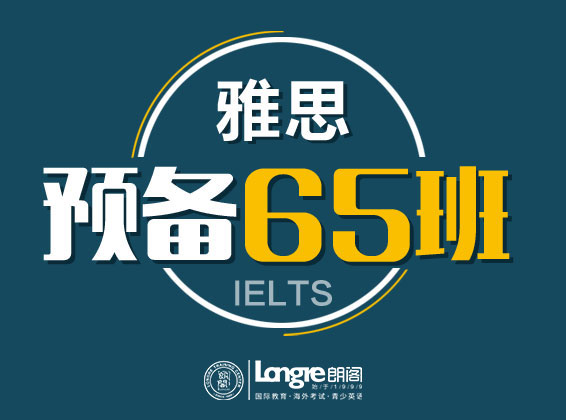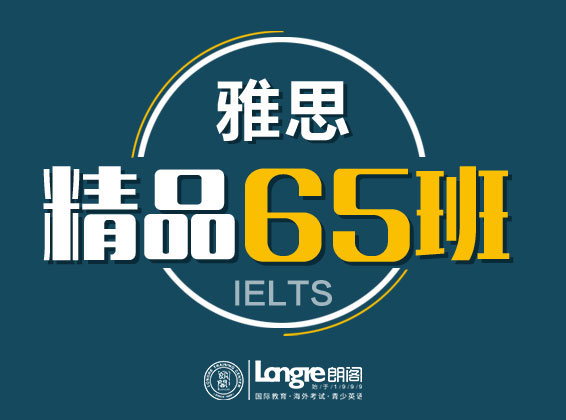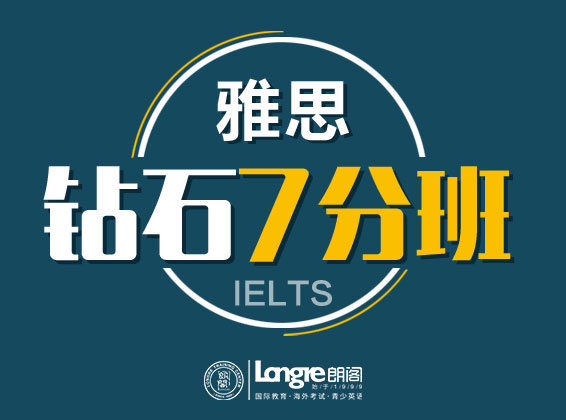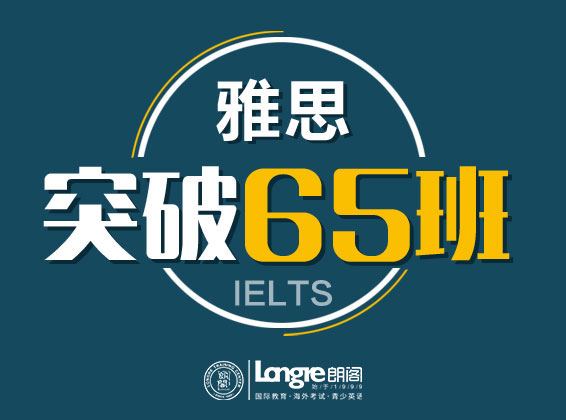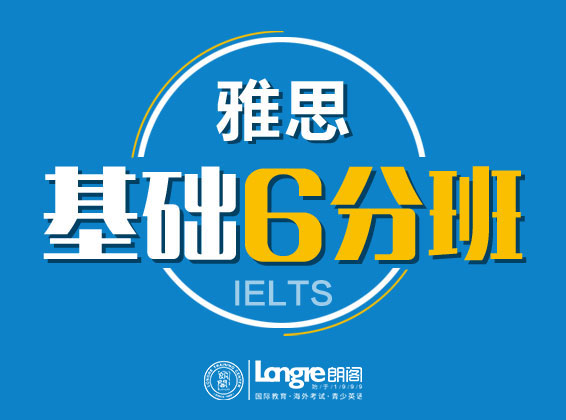|
P1 otters水獭(2017年8月与2016年7月的旧题) P2 photography 摄影的发展和面临的争议(17年11月旧题) P3 future predict相关 朗阁讲师樊天惠点评 本场雅思考试难度较难。 整体分析:涉及生物类(P1)、艺术类(P2)与心理类(P3) 主要题型:本场阅读又上了微博热搜,学生考完普遍表示较难,原因在于出现了大量的乱序题型。本次考试主要考察配对题(20题),填空题(13题),判断题(4题)和多选题(3题)。 本次考试P1命中了我们上周预测的生物类话题,出现了近年频繁考察的段落信息匹配题,并且量大(9题)容易把学生心态做崩,但是P1总体难度适中。P2是常规搭配形式,但是语言难度很高,学生普遍认为较难。P3 涉及到的专业术语较多,对定位要求高,最后三道多选提高了区分度。很多同学在时间紧迫的情况下,很难读懂并定位,做出相应的题目。 P1 otters水獭 文章大意:文章主要讲了水獭的生活习性,鼻子很灵像狗一样但是视力很差,不过不影响它捕鱼,性格害羞不喜欢群居,虽然食物充足但是不会去很远的地方捕食。 题型搭配: 段落信息匹配 9 + 简答4 参考答案: 1. B 2. A 3. B 4. F 5. C 6. E 7. G 8. G 9. A 10. salt water 11. swimming speed 12. coastal otters 13. small mammals 参考文章: Otter A Otters have long, thin bodies and short legs - ideal for pushing through dense undergrowth or hunting in tunnels. An adult male may be up to 4 feet long and 301bs. Females are smaller, around 161bs typically. The Eurasian otter’s nose is about the smallest among the otter species and has a characteristic shape described as a shallow‘ W’. An otter’s tail (or rudder, or stern) is stout at the base and tapers towards the tip where it flattens. This forms part of the propulsion unit when swimming fast under water. Otter fur consists of two types of hair: stout guard hairs (up to 20mm long) which form a waterproof outer covering, and under-fur which is dense and fine, equivalent to an otter’s thermal underwear. The fur must be kept in good condition by grooming. Sea water reduces the waterproofing and insulating qualities of otter fur when salt water in the fur. This is why freshwater pools are important to otters living on the coast. After swimming, they wash the salts off in the pools and then squirm on the ground to rub dry against vegetation. B Scent is used for hunting on land, for communication and for detecting danger. Otterine ( 水獭的) sense of smell is likely to be similar in sensitivity to dogs. Otters have small eyes and are probably short-sighted on land. But they db have the ability to modify the shape of the lens in the eye to make it more spherical, and hence overcome the refraction of water. In clear water and good light, otters can hunt fish by sight. The otter’s eyes and nostrils are placed high on its head so that it can see and breathe even when the rest of the body is submerged. Underwater, the otter holds its legs against the body, except for steering, and the hind end of the body is flexed in a series of vertical undulations. River otters have webbing which extends for much of the length of each digit, though not to the very end. Giant otters and sea otters have even more prominent webs, while the Asian short-clawed otter has no webbing-they hunt for shrimps in ditches and paddy fields so they don’t need the swimming speed, otter ears are tiny for streamlining, but they still have very sensitive hearing and are protected by valves which close them against water pressure. C A number of constraints and preferences limit suitable habitats for otters. Water is a must and the rivers must be large enough to support a healthy population of fish. Being such shy and wary creatures, they will prefer territories where man’s activities do not impinge greatly. Of course, there must also be no other otter already in residence - this has only become significant again recently as populations start to recover. A typical range for a male river otter might be 25km of river, a female’s range less than half this. However, the productivity of the river affects this hugely and one study found male ranges between 12 and 80km. Coastal otters have a much more abundant food supply and ranges for males and females may be just a few kilometres of coastline. Because male ranges are usually larger a male otter may find his range overlaps with two or three females-not bad! Otters will eat anything that they can get hold of – there are records of sparrows and snakes and slugs being gobbled. Apart from fish the most common prey are crayfish, crabs and water birds. Small mammals are occasionally taken, most commonly rabbits but sometimes even moles. D Eurasian otters will breed any time where food is readily available. In places where condition is more severe, Sweden for example where the lakes are frozen for much of winter, cubs are born in spring. This ensures that they are well grown before severe weather returns. In the Shetlands, cubs are born in summer when fish is more abundant. Though otters can breed every year, some do not. Again, this depends on food availability. Other factors such as food range and quality of the female may have an effect. Gestation for Eurasian otter is 63 days, with the exception of Lutra canadensis (北美水獭) whose embryos may undergo delayed implantation. E Otters normally give birth in more secure dens to avoid disturbances. Nests are lined with bedding to keep the cubs warm while mummy is away feeding. Litter Size varies between 1 and 5. For some unknown reason, coasta l otters tend to produce smaller litters. At five weeks they open their eyes-a tiny cub of 700g. At seven weeks they’re weaned onto solid food. At ten weeks they leave the nest, blinking into daylight for the first time. After three months they finally meet the water and learn to swim. After eight months they are hunting, though the mother still provides a lot of food herself. Finally, after nine months she can chase them all away with a clear conscience, and relax - until the next fella ( 伙伴,哥们) shows up. F The plight of the British otter was recognised in the early 60s, but it wasn’t until the late 70s that the chief cause was discovered. Pesticides ( 杀虫剂), such as dieldrin and aldrin, were first used in 1955 in agriculture and other industries - these chemicals are very persistent and had already been recognised as the cause of huge declines in the population of peregrine falcons, sparrow hawks and other predators. The pesticides entered the river systems and the food chain - micro-organisms, fish and finally otters, with every step increasing the concentration of the chemicals. From 1962 the chemicals were phased out, but while some species recovered quickly, otter numbers did not and continued to fall into the 80s. This was probably due mainly to habitat destruction and road deaths. Acting on populations fragmented by the sudden decimation in the 50s and 60s, the loss of just a handful of otters in one area can make an entire population unviable and spell the end. G Otter numbers are recovering all around Britain— populations are growing again in the few areas where they had remained and have expanded from those areas into the rest of the country. This is almost entirely due to legislation, conservation efforts, slowing down and reversing the destruction of suitable otter habitat and reintroductions from captive breeding programs. Releasing captive-bred otters is seen by many as a last resort. The argument runs that where there is no suitable habitat for them they will not survive after release and where there is suitable habitat, natural populations should be able to expand into the area. However, reintroducing animals into a fragmented and fragile population may add just enough impetus for it to stabalise and expand, rather than die out. This is what the Otter Trust accomplished in Norfolk, where the otter population may have been as low as twenty animals at the beginning of the 1980s. The Otter Trust has now finished its captive breeding program entirely, great news because it means it is no longer needed. 题目: Questions 1-9 Reading Passage 1 has seven paragraphs, A-G. Which paragraph contains the following information? Write the correct letter, A-G, in boxes 1-9 on your answer sheet. NB You may use any letter more than once. 1 A description of how otters regulate vision underwater 2 The fit-for-purpose characteristics of otter's body shape 3 A reference to an underdeveloped sense 4 An explanation of why agriculture failed in otter conservation efforts 5 A description of some of the otter’s social characteristics 6 A description of how baby otters grow 7 The conflicted opinions on how to preserve 8 A reference to a legislative act 9 An explanation of how otters compensate for heat loss Questions 10-13 Answer the questions below. Choose NO MORE THAN TWO WORDS from the passage for each answer. Write your answers in boxes 10-13 on your answer sheet 10 What affects the outer fur of otters? 11 What skill is not necessary for Asian short-clawed otters? 12 Which type of otters has the shortest range? 13 Which type of animals do otters hunt occasionally? P2 photography 摄影的发展和面临的争议 文章大意:文章主要讨论摄影的发展,以及对艺术,尤其是painting的冲击。有人认为摄影仅仅是一种图像的纪实,而有人认为是艺术。摄影技术刚开始的时候被质疑,但是后来经过一系列验证变得被广大民众所接受。艺术家也随之开始使用这项技术,painting和摄影两项技术相互促进和发展 题型搭配:段落信息匹配4 + summary填空 5 + 判断4 参考答案 14. B 15. D 16. E 17. G 18. paintings 19. composition 20. blurred 21. scratched 22. monochrome 23. FALSE 24. NOT GIVEN 25. FALSE 26. TRUE 原文待补充 P3 Futurism 文章大意:主要介绍了预测未来相关,整体难度较难 题型搭配:特殊词配对7 + 句子填空 4 + 多选3 参考答案 待补充 原文待补充 考试预测 5月的第一场考试难度较大,也显示出了今年的考试趋势,进一步加大对配对题的考察力度,减少判断题的占比。判断题仅在P2中出现4题,但是这不代表判断不重要,在5月11日的下场考试中要警惕判断题的大量回归。段落细节匹配题作为难度极大的题型,本场考试段落信息匹配题在P1和P2中均有出现,题量高达14道对学生的阅读速度和同义替换寻找能力的要求很高,如果想要取得理想成绩,一定要注意此类题型的提升。选择题在今年的考试中时有时无,考察量不大,但是也不容忽视。本场没有出现段落选标题的题型,在准备下场考试的同学可以配合剑桥系列多做LOH的练习。 下场考试的话题可能有关历史类、科技类,生物类等。 重点浏览13-16年机经。 (责任编辑:jasmine) |
文中图片素材来源网络,如有侵权请联系删除


